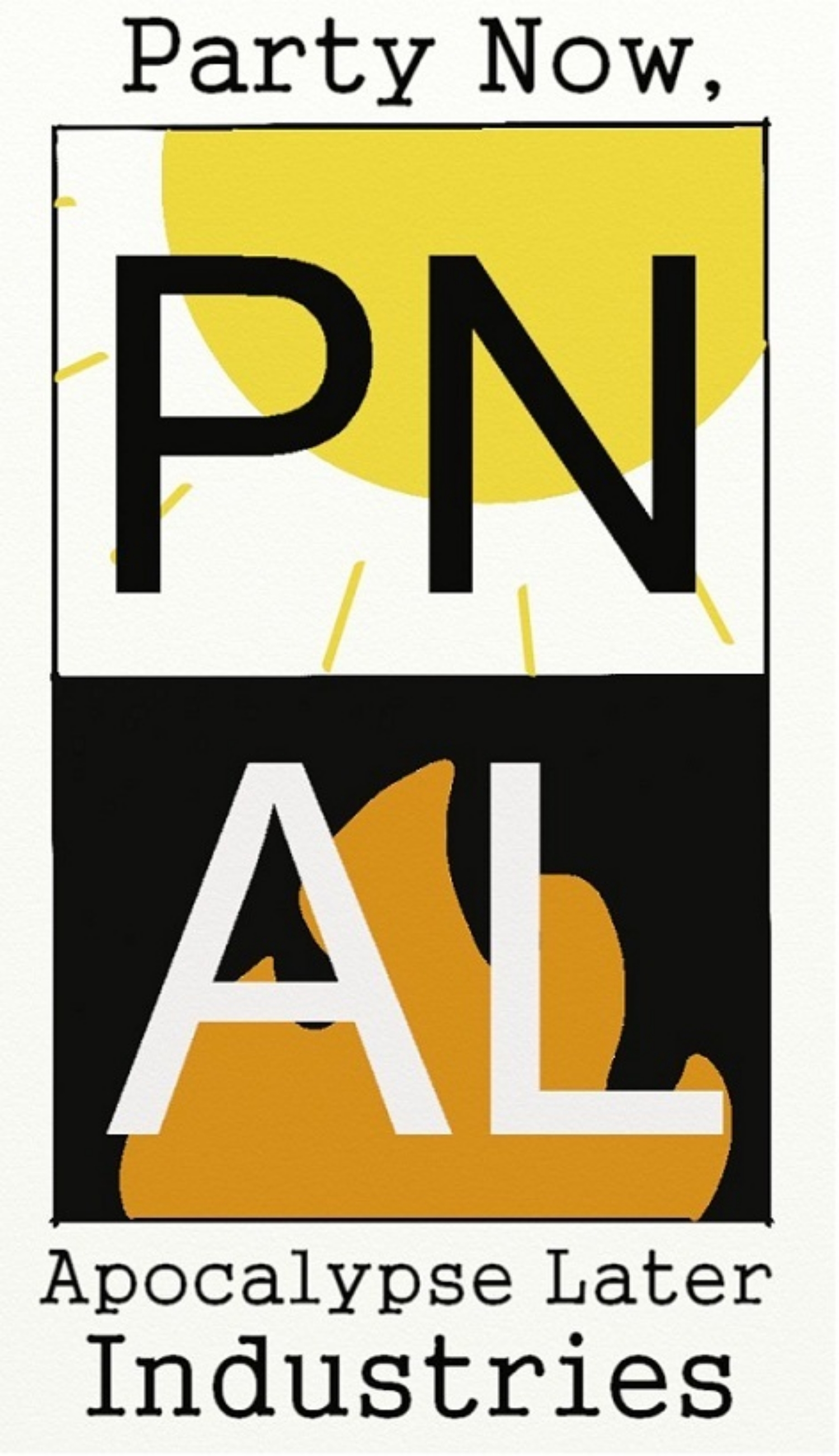Director: William Shatner
Cast: William Shatner, Leonard Nimoy, DeForrest Kelley, Laurence Luckinbill
Have I Seen it Before: Sybok, please…
Did I Like It: This is the deep dark question that ever Star Trek fan must reckon with. Many don’t reckon with it at all and are content to write it off as forever the worst film in the entire series. These people clearly have never seen Star Trek Nemesis (2002). Clearly.
That being said, one cannot deny that the film is riddled with problems. Do they stem from a studio unwilling to let the vision for the film come to life or other production limitations that no filmmaker could have overcome? Or is the film weighed down by a director who just didn’t understand the material (despite being an integral part of that material for over twenty years)?
As with so many things, there appears to be an either/or choice in this case. Shatner, in his first and only attempt to direct a major motion picture, had lofty ideas that Paramount grew increasingly disinterested in as production marched along. A Writer’s Guild strike in 1988 didn’t help matters, either. And yet, I always got the impression that Shatner was never terribly interested in making a Star Trek film, but aptly understood that after Nimoy parlayed work on Star Trek III: The Search for Spock (1984) and Star Trek IV: The Voyage Home (1986) into a solid directing career, this was his chance to branch out.
The film suffers from all of these problems, and there are elements that never quite gel.
It’s starts with… an obliterated desert pockmarked with steaming holes? And that’s supposed to be the extended Lawrence of Arabia (1962). That Shatner wanted to make the Lawrence of Star Trek films that deep-dives into the big questions of the universe is admirable, but it’s hard to blame Paramount for wanting another Voyage Home or Star Trek II: The Wrath of Khan (1982), and trying to gently redirect things. It’s also worth noting that the search for God was the basic framework for an early version of what became Star Trek: The Motion Picture (1979), and everyone involved blanched at the notion then, but cooler heads did not prevail here.
The power Sybok holds over his people and eventually the Enterprise crew is amorphous and ill-defined, not unlike the Temporal Nexus in Star Trek Generations (1994). It’s a common trait of the least engaging films in the series that the fundamental problem is that the plot just doesn’t work.
There are things that irritate the deep-canon Star Trek fan, but others might not notice. Quadrants are huge. It takes decades to traverse them, but this crew makes it to the center of the galaxy in (suddenly, inexplicably) in less than reel of film. Large swaths of the crew turn on Captian Kirk on a dime. Also, not for nothing, everything about that scene in the turbolift shaft doesn’t make sense. There’s no way the USS Enterprise, NCC-1701-A has that many decks, and they increase in number as you go down, not up.
Sigh.
Now that I’ve beaten up on the film in most of the familiar ways, and a few I hope aren’t as obvious, let’s go way off the path of accepted Trek dogma (and become the laughing Vulcan inside each of us?) and praise the movie for what it gets right.
If—at it’s core—the original series is truly about the friendship between Kirk, Spock, and McCoy, then this film does a profound job of having those three characters live within that friendship.
The score is fantastic. Jerry Goldsmith returns to the series for the first time since The Motion Picture. His rousing score is often the best part of any of the films/shows he’s associated with, and the fact that Paramount spared no expense here definitely elevates the more groan-worthy moments. One wonders if the film works even less without the music, and the studio relented to the idea of a more majestic score to try to rescue things.
That’s… it on the good stuff, as it turns out. So, the film doesn’t really work, as it turns out. But it is two hours with some version of the original Star Trek cast. We don’t get those every couple of years, so let’s ease up on the movie, shall we? Again, I guarantee it’s better than Nemesis.

